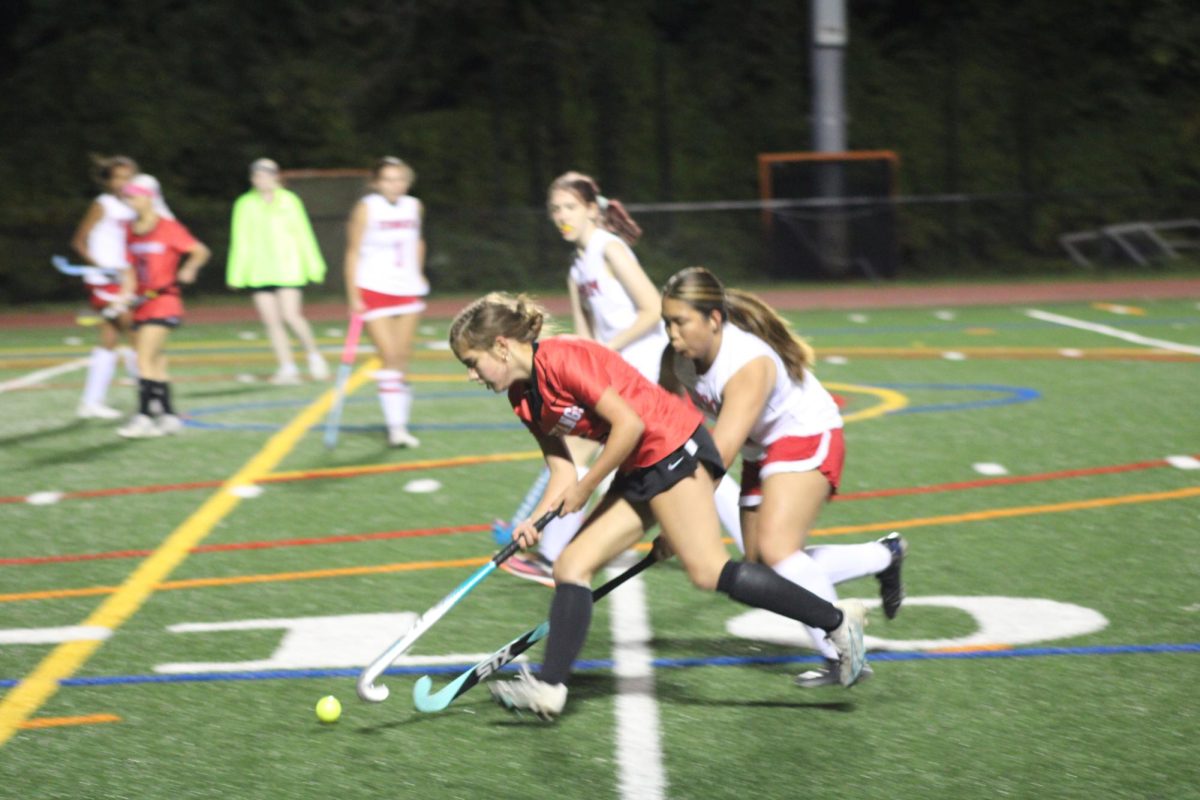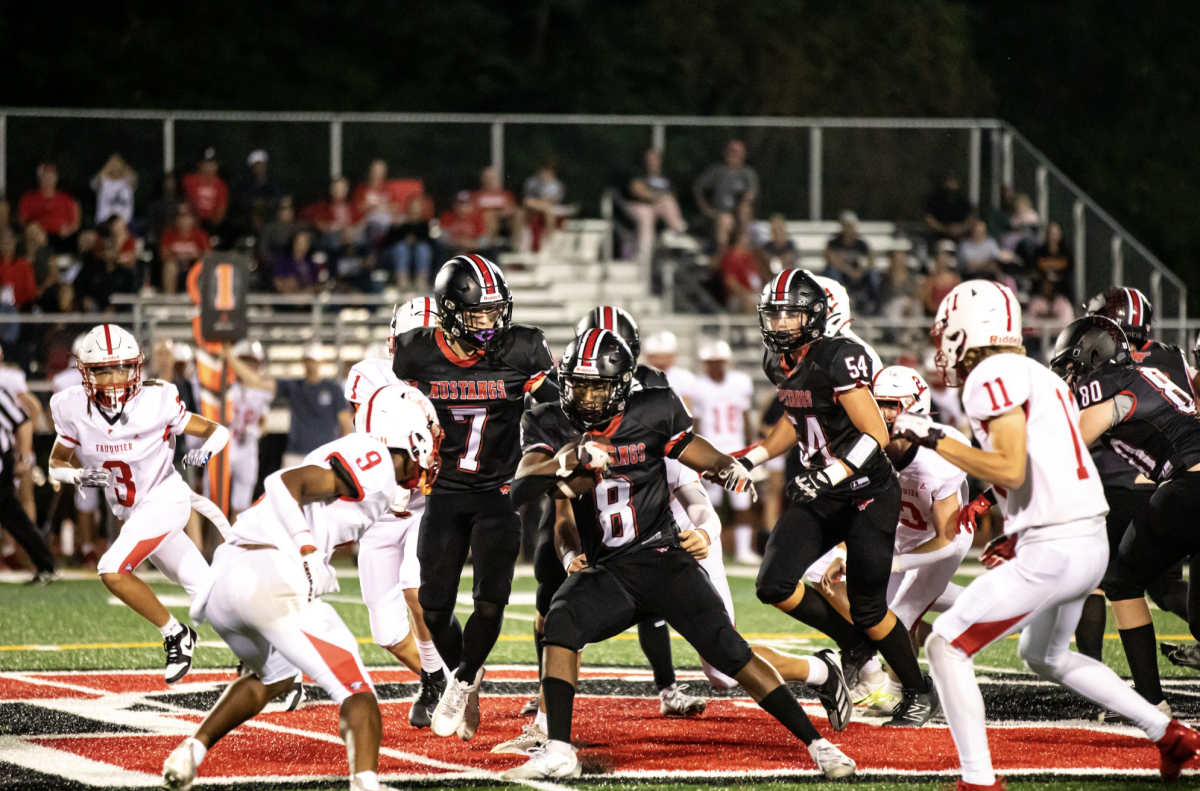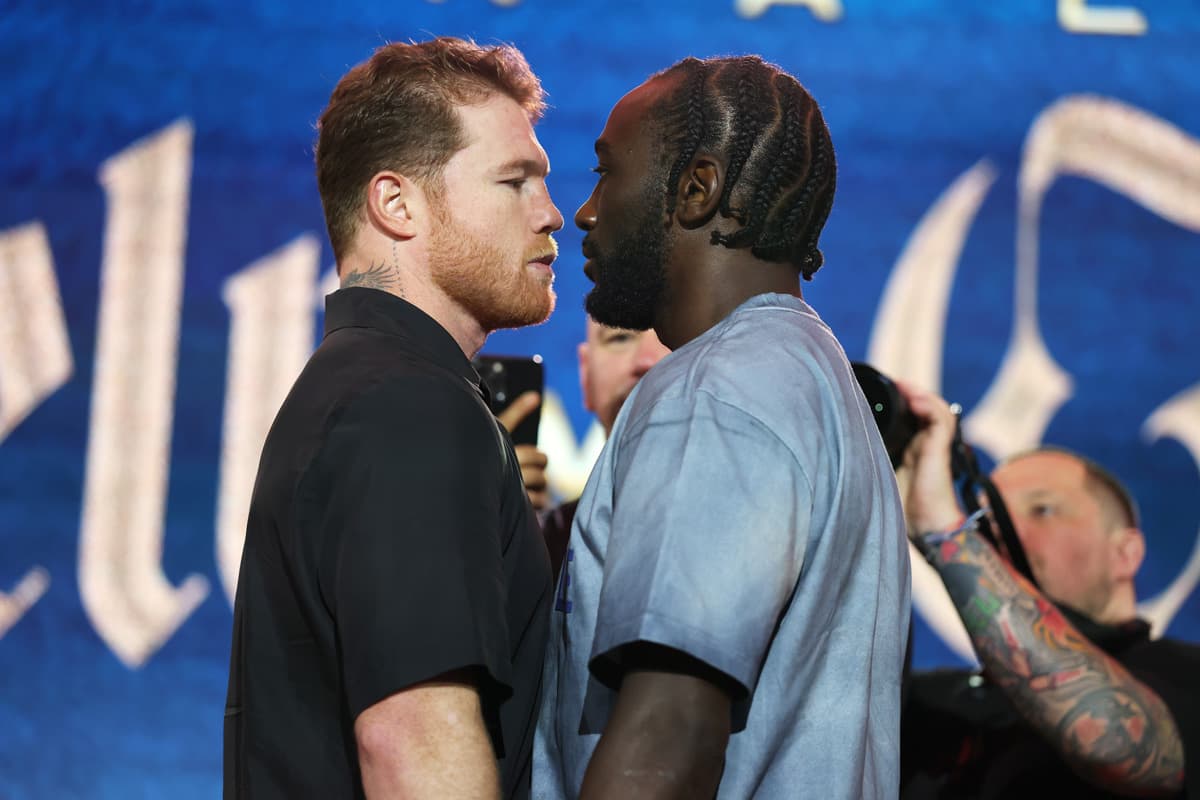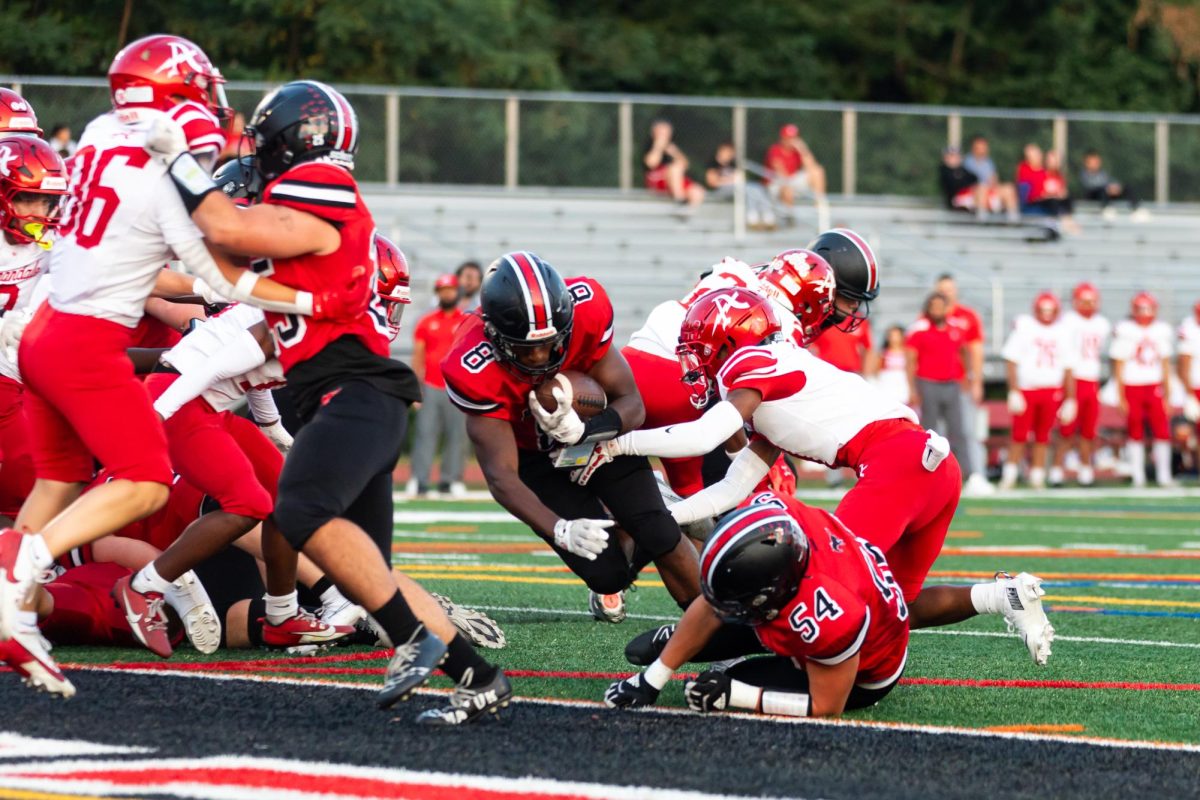Anyone who played Little League Baseball in Falls Church growing up was likely umpired by local accountant Mike Wetmore. After being Chief Umpire in Falls Church for 10 years, Wetmore and a friend from college, Jack Lavoie, made the decision to buy a controlling share of an Atlantic League baseball team, the Southern Maryland Blue Crabs, who play at Regency Furniture Stadium in Waldorf.

“I’m an accountant, and I’m very fortunate because I have many friends and clients that come to me with questions about proposed business transactions,” said Wetmore. “[Jack Lavoie] came to me with the idea in about 2003 and said this is what he had always wanted to do and he said do you think it would work? I said not only did I think it would work but I want in.”
The “this” that Lavoie was referring to was buying a Minor League Baseball team. Since then, the idea evolved from buying a Minor League team to buying an Independent League team, specifically in the Atlantic League.
While the Minor Leagues and the Atlantic League share a common goal of getting their players signed in the Major Leagues, there are some key differences. Every Minor League team is affiliated directly to a specific Major League team, whereas the teams in the Atlantic League have no such affiliations. Therefore, if a Major League team was looking for a player to put on their roster, they could look to players on their specific Minor League teams, or any player in the Atlantic League.

While the majority of current Major League players come up through the minors, there are some notable Major League players who came directly from the Atlantic League, including the Dodgers’ Rich Hill and Scott Kazmir, the Mets’ Rene Rivera, and the Nationals’ Stephen Drew. So far this year Steve Lombardozzi (former Blue Crab) was called up to the Miami Marlins from their AAA affiliate, and Blue Crabs players Justin De Fratus and Danny Muno have had their contracts sold to the Seattle Mariners.
“The reason we were attracted to the Atlantic League is because of the lack of affiliation restrictions,” said Wetmore. “We’re free to sell our player’s contracts to any of the thirty Major League Clubs, not just the Nationals if we’re in the Nationals territory…and we hope that they do pick up with a Major League franchise. That’s what we want.”

Beyond just getting players to the Majors, Atlantic League teams are businesses that need to create revenue. However, the business of Independent League teams is quite different from that of the MLB. While the MLB attracts serious baseball fans, the Blue Crabs tend to attract families looking for wholesome fun.
“This is an alternative to the movies, or to the bowling alley, or the ice skating rink for children. If you interview people coming out of a game, they couldn’t tell you who played, who won the game, or who pitched,” said Wetmore. “The three most important things to these people are are the bathrooms are clean, is the food is reasonably priced, and did the mascot come by and hug my kid.”

To appeal to their market, the Blue Crabs have many fun attractions unlikely to be seen at a Major League game. This includes a lake in the back of the stadium called “Crabby Cove” for paddle boats and post-game fireworks. Corporate sponsorships provide another source of revenue for the Blue Crabs. For example, the post-game fireworks are sponsored by Wawa, and the stadium itself is named for the Regency Furniture Company, which paid for the sponsorship.
The Blue Crabs are 12-10 on the season and play almost every day through mid-September. A link to their website is found here .









